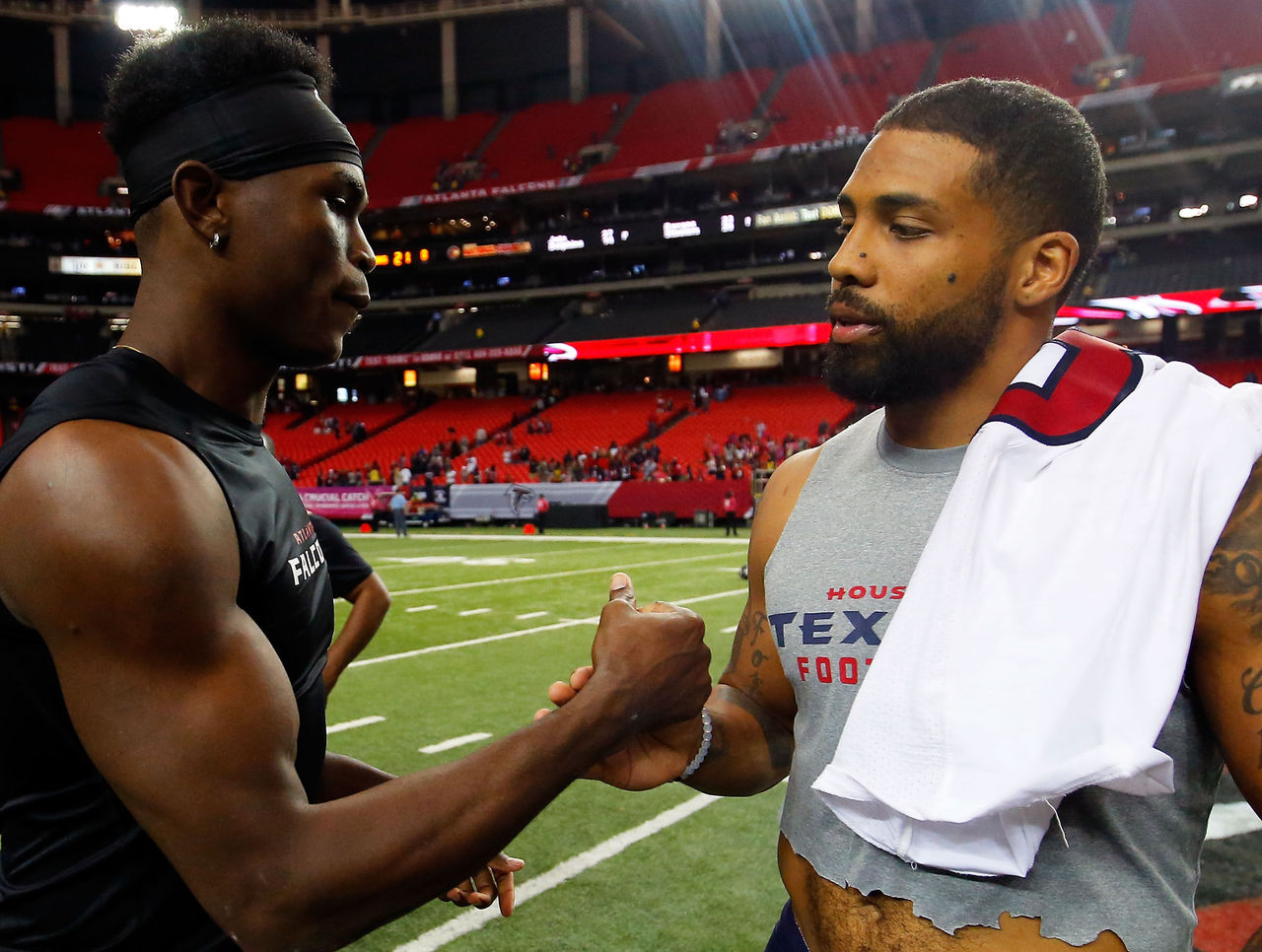DFS: Don't Ignore Value at Running Back
The Buffalo Bills came into the 2015 NFL season with a pair of elite stars in WR Sammy Watkins and RB LeSean McCoy. Although these two have largely disappointed through four weeks of the season and heading into Week 5, the Bills could produce an unlikely star for the second week in a row.
RB Karlos Williams was priced near the minimum on most major DFS sites for Week 4. With McCoy sitting out due to a hamstring injury, Williams finished the week as daily fantasy's RB18.
McCoy and Williams' have both been ruled out for Week 5. Boobie Dixon is headed for his first start of the year, and he'll represent the Bills' third different starting running back in only five weeks.
At the minimum price for running backs, is Dixon the boon he appears to be, or is he too good to be true?

When to Fade Value
A well-known strategy for success in GPPs is to fade players who are going to be highly owned, in favor of making a lineup as unique as possible. In most cases, this is absolutely true.
Owners should always pay a little extra, or a little less, for a top-tier quarterback or wide receiver that will be owned at a lesser rate than their closest comparable counterpart. This is a safety strategy that will help give owners some insurance if the flavor of the week doesn't quite live up to expectations.
Even the best will have the occasional poor showing, as witnessed by Atlanta Falcons WR Julio Jones' four receptions for 38 yards performance against the Houston Texans in Week 4.

When Value Can't be Faded
There are occasions when fading value altogether actually backfires and becomes a disservice.
The quarterback and wide receiver positions are avoidable due to the week to week volatility at the position, but the running back position, particularly in a run-heavy offense, is rather immune to this volatility. Depending on the opponent, the amount of touches should remain fairly stable from week to week, regardless of who is carrying the ball.
Unless the difference in skill level from the starter to the backup is glaringly obvious, it's relatively safe to expect a similar fantasy output from a the replacement starter.
Here's a look at some of the most notable performances from backup running backs when they were given a full workload while their price remained low:
| Week | Team | Name | Touches | Fantasy Points |
|---|---|---|---|---|
| 1 | STL | Benny Cunningham | 20 | 16.20 |
| 1 | NE | Dion Lewis | 19 | 16.0 |
| 1 | PIT | DeAngelo Williams | 22 | 14.20 |
| 2 | PIT | DeAngelo Williams | 24 | 31.20 |
| 2 | NE | Dion Lewis | 13 | 23.80 |
| 3 | ATL | Devonta Freeman | 35 | 42.30 |
| 3 | NE | LeGarrette Blount | 19 | 28.20 |
| 3 | PHI | Ryan Mathews | 26 | 18.30 |
| 3 | NYJ | Bilal Powell | 17 | 14.50 |
| 4 | BUF | Karlos Williams | 21 | 16.0 |
While only DeAngelo Williams in Week 2 and Freeman in Week 3 turned in RB1 numbers for their respective weeks, all of the backs listed greatly exceeded their requirements at a near-minimum price.
What's the Difference?
The predictability in RB workload and therefore the expected fantasy point output, makes it inadvisable to shy away from a high-volume value play at the position. The risk is too small and the reward is too high to intentionally fade obvious value.

While a quarterback's struggles can affect not only his results, but also those of several wide receivers, correctly predicting the game flow and understanding a team's offensive system gives a clear-cut baseline for a running back's fantasy point total.
Using the savings at the RB2 position allows for increased spending for an RB1, top-tier quarterback, a second elite receiver or even a premiere tight end. There are enough other positions in a daily fantasy lineup at which to take a risk and create variance, that value and cap relief should always be taken when so readily provided.
HEADLINES
- VanVleet: Kawhi said he wouldn't stay with Raptors on Day 1
- Fantasy: Must-add targets who can help carry you to a championship
- McKenna fueled by doubters: 'People have been waiting for me to fail'
- NFL Power Rankings - Week 16: Every team's unsung hero
- Rangers' Rempe won't be deterred from fighting after return from injury